No products in the cart.
| Scientific name | Codiaeum Variegatum |
| Name | Croton |
| Temperature requirement | 20-30 °C |
| Humidity | 50-60% Mist If Needed |
| Light | Full Sunlight |
| Watering | 1 Per Week & keep Moist |
| Pests | Thrips, Aphids, Spider Mites |
| Pet friendliness | Toxic To Pets And Humans |
| Pot requirement | Good Drainage&repot Every 1-2 Years |
| Max plant height | Up to 3 m |
| Potting mix | Potting Soil/red Soil/manure/perlite |
| Nutrition | Apply manure for first 15 days and npk for next 15 days |
| Pruning & training | Remove dead & diseased leaves with sterile shears |
| Description | Better Known As Croton, This Evergreen Shrub Is Widespread As A Highly Ornamental Bush For The Garden Or As A Popular Indoor Plant. It Originates From India, Sri Lanka, Malaysia And Indonesia, Where Heat Is Accompanied By High Atmospheric Humidity And Rainfall; Hence, It Demands Abundant Water. In Gulf Regions, It Withstands The Sun And Dry Air Relatively Well, But Requires A Position Sheltered From Desiccating Winds. The Soil Must Be Rich In Humus And Well Drained. Crotons Grow Their Colourful Foliage In Partial Sun. High Contents Of Nutrients And High Temperatures May Reduce The Number Of Bright Spots. Full Sun Bleaches The Colours, While A Lack Of Light Results In Greener Leaves With Less Yellow Or Red Spots. The Intensely Mottled Foliage Is Shiny And Attracts The Eye From Far, The Major Asset Of Crotons. Plenty Of Varieties Are Bred Such As ‘petra’, With Yellow Veins And Red Shades Alternating With Green. Its White Flowers Are Insignificant. Favourable Conditions Let It Grow Into A V-shaped Bush Of About 3 Metres High And Up To 2 Metres Wide. High Levels Of Humus Are Important, And It Should Not Be Exposed To Drying Winds. Severe Cutting Back Is Possible In Early Spring, If Frost Has Damaged The Leaves. It Does Well In Containers, Is An Ideal Indoor Plant And Makes Excellent Focal Points Or Colourful Hedges. Stressed Plants May Occasionally Be Infected By Thrips, Aphids, Spider Mites Mealybugs Or Scale. Both Cuttings And Layering Make For Strong Offspring Easily. In Public Gardens, It May As Well Be Too Exotic, But Should Be Restricted To Special Sites. |
Additional information
| Size | 100-130cm |
|---|

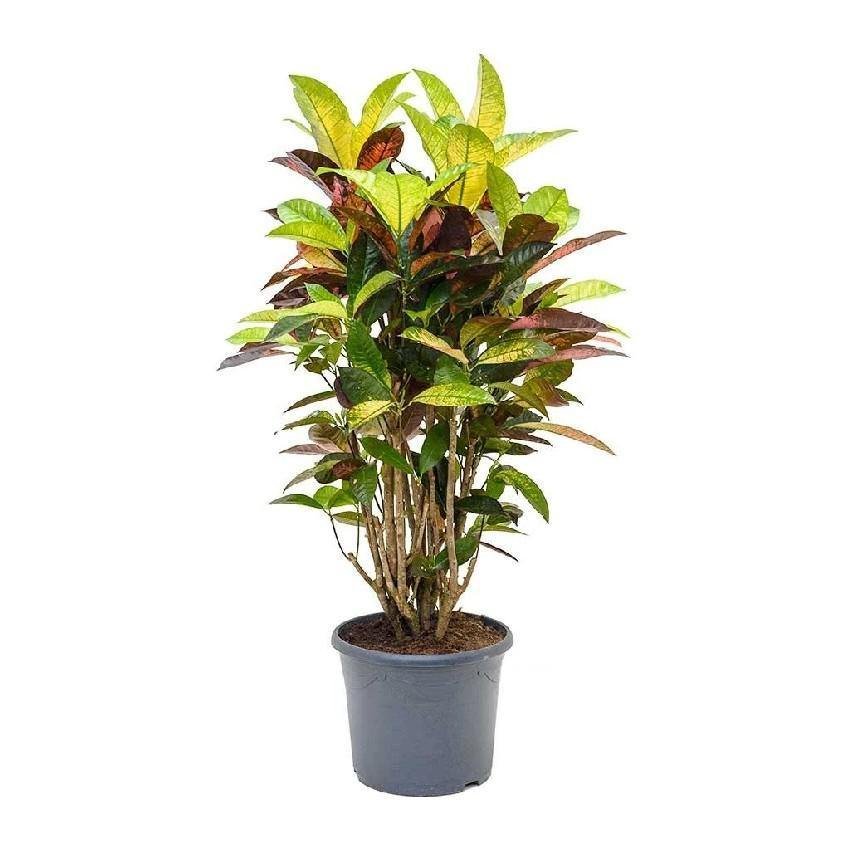
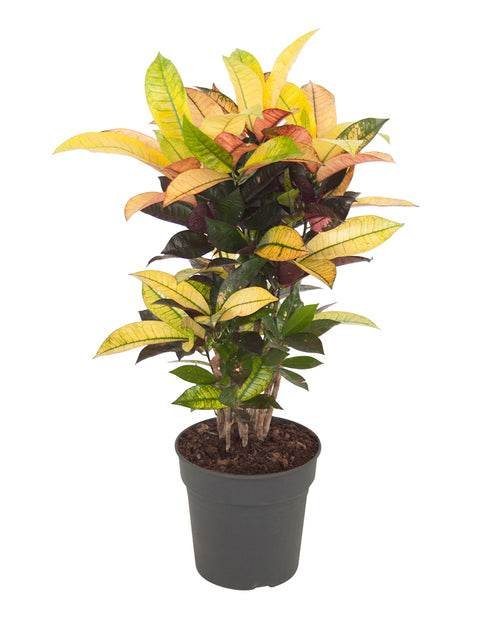


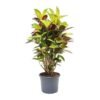

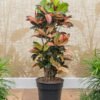

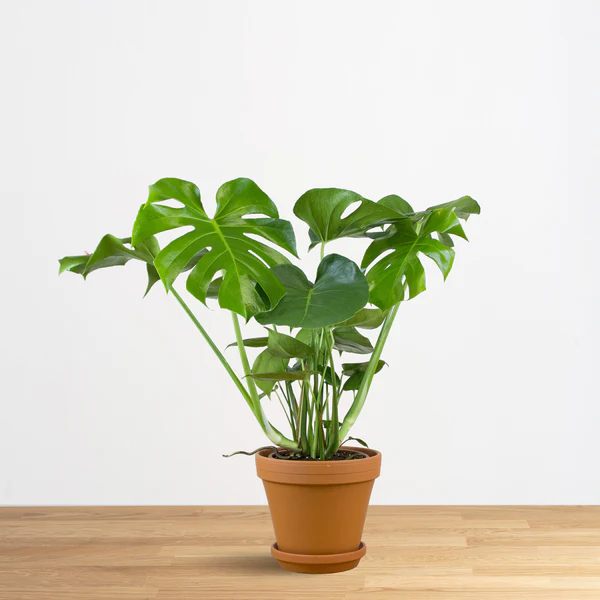
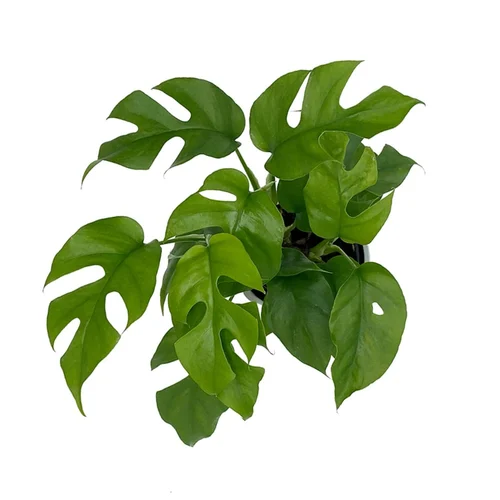
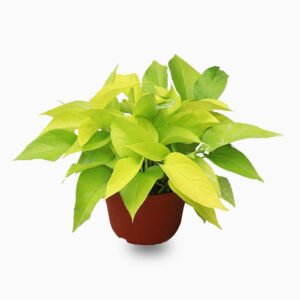






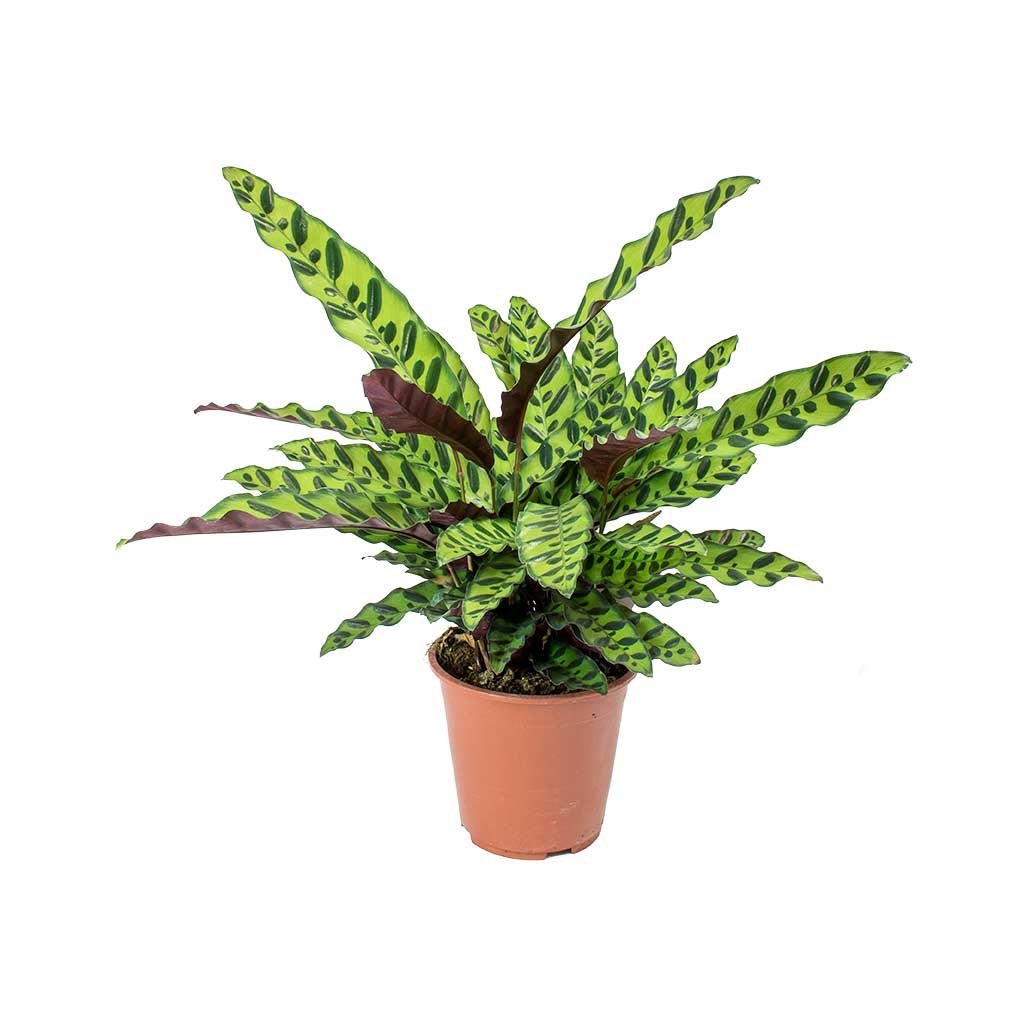


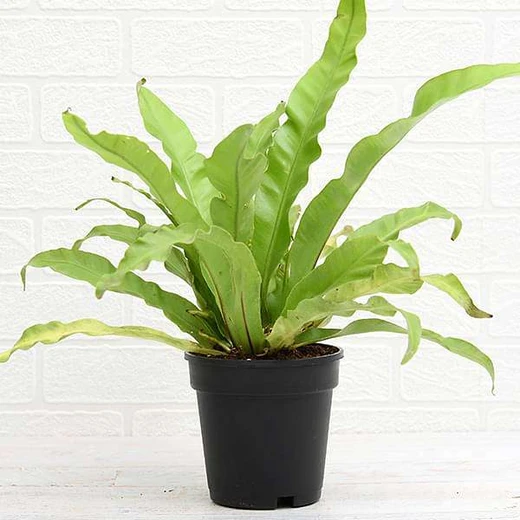






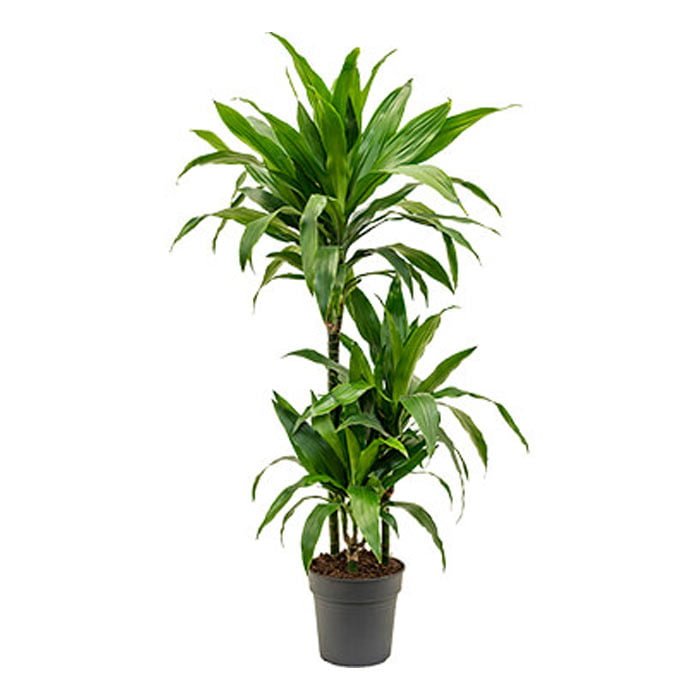
Reviews
There are no reviews yet.